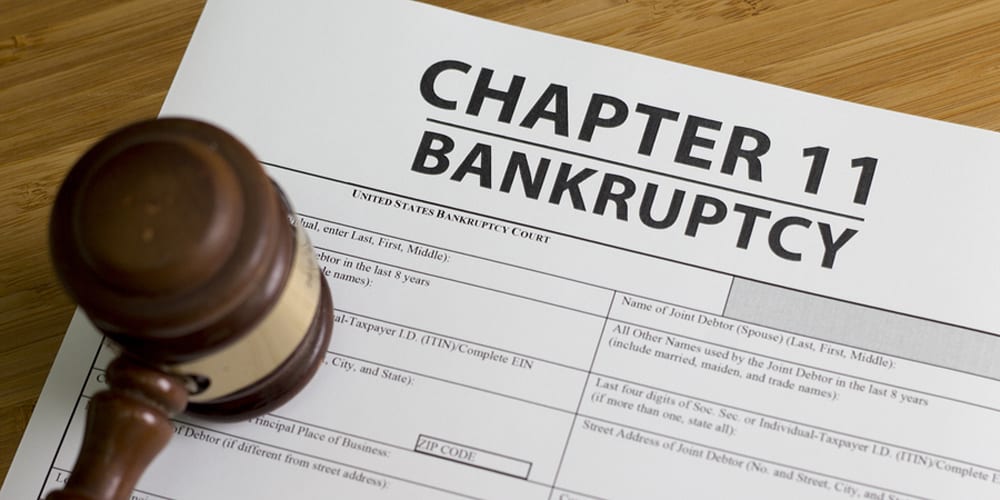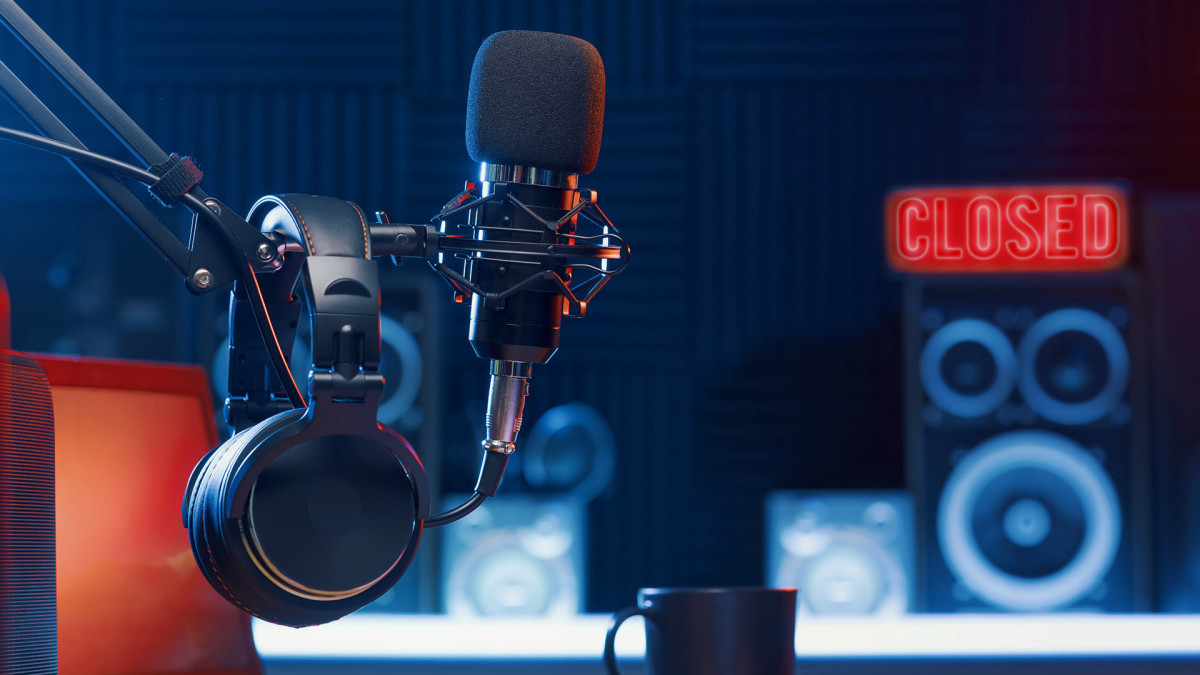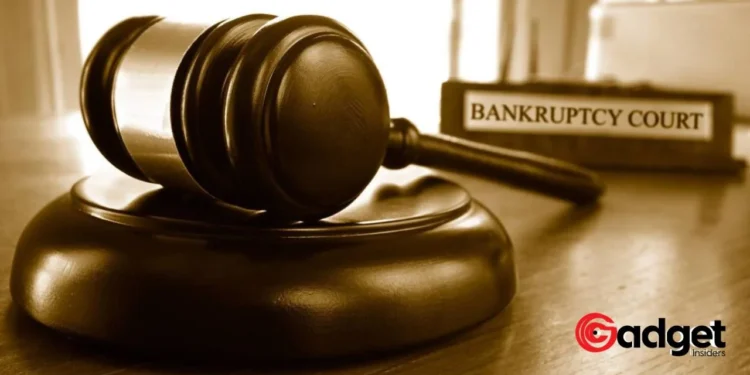iHeartRadio, once the lifeline of American culture, has hit another bump in the road. The High Plains Radio Network’s recent filing for Chapter 11 bankruptcy underscores a trend that’s been years in the making. This event brings to light the broader struggle of iHeartRadio chains in an era dominated by digital alternatives.
As we explore this phenomenon, we delve into the reasons behind the decline, the impact on communities, and what the future may hold for local broadcasting.
The Charm of iHeartRadio: A Nostalgic Journey
There was a time when iHeartRadio stations were the heart and soul of every community. They played an integral role in our daily routines, from grooving to the latest hits to staying updated with local news.
Remember the anticipation of snow day announcements? iHeartRadio had a way of making every listener feel personally addressed, blending ads for neighborhood businesses with essential community news.

The Digital Disruption: Satellite, Podcasts, and Beyond
The advent of satellite radio, podcasts, and streaming services has dramatically shifted the landscape. The convenience and vast selection offered by these platforms have outpaced traditional radio’s appeal.
With easy access to global content, the once-unique offerings of iHeartRadio stations seem limited in comparison. This shift represents not just a change in technology but a fundamental shift in media consumption habits.
A Closer Look at the Struggle: High Plains Radio Network’s Bankruptcy
High Plains Radio Network, serving areas across Texas, Arkansas, and New Mexico, is the latest casualty in this ongoing battle. Despite efforts to adapt by cutting costs and leveraging technology, the network couldn’t escape the financial strain caused by dwindling demand for iHeartRadio.
This situation mirrors the challenges faced by iHeartRadio, another giant in the industry that faced bankruptcy in 2018. Despite restructuring efforts, the underlying issues persist, highlighting a systemic problem within the industry.

A Founder’s Perspective: Monte Spearman’s Vision
Monte Spearman, the founder of High Plains Radio Network, brings over three decades of broadcasting experience to the table. Spearman’s vision was to maintain local relevance while radically cutting operating costs, primarily through technological innovation and a lean staffing model.
While successful in reducing expenses, Spearman’s approach ultimately couldn’t counter the overwhelming shift in consumer preferences.
Another major radio chain files Chapter 11 bankruptcy https://t.co/fVRrcjfeV4 pic.twitter.com/MaRScz6ro3
— The Albany Herald (@Albany_Herald) March 27, 2024
The Impact: Beyond the Airwaves
The decline of iHeartRadio goes beyond the financial troubles of individual stations or networks. It marks a loss of community-centric platforms that cater to local interests and provide a sense of belonging. Furthermore, local businesses that once relied on radio ads to reach their audience must now navigate the crowded and impersonal digital advertising space.
Looking Ahead: The Future of iHeartRadio
Despite the gloomy outlook, there’s still a glimmer of hope for iHeartRadio. Spearman’s acknowledgment that 90% of Americans tune into broadcast radio weekly suggests an underlying resilience. The challenge lies in innovating and adapting to coexist with digital giants rather than competing directly.

iHeartRadio: The Evolution of Listening
The bankruptcy of High Plains Radio Network is more than a financial setback; it’s a reflective moment for the industry. As digital platforms continue to redefine our listening habits, the essence of local radio – its personal touch and community focus – must find new ways to resonate in the digital age.
Whether through niche programming or hybrid models incorporating digital elements, the survival of local radio may depend on its ability to reinvent itself while preserving the charm that once made it indispensable.
Local radio’s journey through the digital age is a testament to the ever-changing landscape of media and entertainment. As we tune into the future, the question remains: How will local radio adapt to continue playing a meaningful role in our lives? Only time will tell, but one thing is for sure – the evolution of listening has only just begun.










